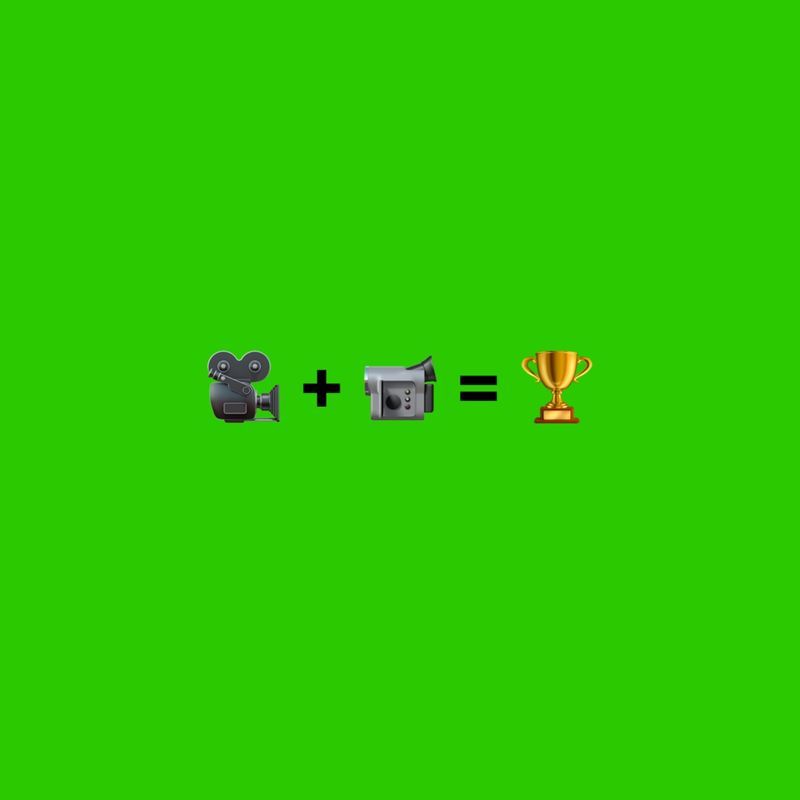What makes a great video?
Published on May 16, 2024
5 min read

This article relates to b2c or b2b and how businesses can engage with their end-users.
The goal of video is to communicate information and value to the end viewer over time. Video is used in many circumstances. For example, video is used in arts and p2p communication, and in many software pipelines–but we can dive more into these details at a later time!
In order to communicate information and value, video must contain certain attributes and considerations that are relevant to the business and the end-user who will ultimately receive that video. Here are some important tips to make a video great:
Timely and Targeted
Video needs to be timely and targeted, just like the product that generates these videos. In practice, this could mean eCommerce platforms sending a customer an email shortly after abandoning their cart or leaving their computer. For example, let’s say you’ve been on the fence about purchasing a new pair of gray New Balance sneakers.
Imagine that New Balance sent you a video that had a call to action like, “Hi [user name]!” and included a quick 15-second clip of Elon Musk (or any other celebrity) wearing these exact gray New Balance sneakers. This timely and targeted approach would have a tremendous effect on customers. Now every Joe Schmo will be walking around in New Balance sneakers.
Alternatively, what if you received a video after purchasing a new NFT? This would enable you to share it on your social media accounts in a vertical format. This would be a fast and efficient way to share your purchase or mint with your friends and fans. Both examples illustrate the importance of timely and targeted video content.
Local and Relevant
Businesses and applications can take advantage of existing data, sources of truth, and determine quickly what, how, and where a video message should be communicated. Local and relevant video allows you to create customer experiences that are more user-friendly and create lower friction. For example, think about visiting a website about insurance coverage (yawn). A website filled with 45 pages of text could be daunting for most customers. However, a quick video about the insurance policies would make the information easier to digest.
The more targeted and relevant, the less friction for the end-user. We’re already starting to see sales and marketing teams execute data-driven customized content (e.g., sales decks, PDFs, one-sheets, and presentations). Video increases the chances of closing and improves the customer journey when providing relevant content. Your video strategy can become part of this move towards personalized data-driven content.
Actionable Loops
Videos should be in a loop. Video should drive behaviors back to the product that generated the video or back to the consumer who generated the video. This can be as simple as throwing a watermark or logo onto videos generated for your consumers, or it can be a “swipe up” animation when shared externally via social media channels. Ideally, a video creates an intended loop that brings a customer back to make a purchase. Video can also be a tool to communicate a feature--all of which will remove friction and help drive a sale or the intended conversion goal. When your videos contain actionable loops, it amplifies your message and whatever value your products provide to your end-user.
Simple and Customizable
If your product enables video creation for your consumers, the number one rule is to make it really simple. And by simple, I mean really simple. Define the video limits, by enabling the end users' creativity through simplicity, and just get them a video that is configurable yet simple. Make it easy for them to do something great and impossible to do something bad. This is often done by building templates, design guides, or just auto-generating videos for end-users to choose from. Great video requires skill and taste–so spoon feed that to your end-users! Make it easy for them.
This also applies to system-generated videos. If your end-users will not be generating the videos but the application or business will, they still need to be simple. Set up some templates, a style guide, and allow the system to determine what the video looks like based on a few criteria. Each video will be different, especially if with different sources of truth. The quality of the videos should be high because you set your users up for success.
To be fair, most companies and engineers don’t build fun and useful video systems, because video is tricky and takes time to get right. Scaling video is even more challenging and so is automating it in a reliable and useful way for a business. The biggest challenge is building AND maintaining these systems over time. This is one of many reasons we haven’t seen as much innovation happen in video (despite living in a video-first world).
These are just a few ideas to make your videos great. With modern software and a bit of experimentation, we are getting closer to a world where teams can innovate on video strategy as a byproduct of their existing product and user experiences.
Make Great Videos
At Editframe, we want to help solve problems in video so that more products can use this powerful format. We want to save time and make videos simple for developers. For more information and to get started with integrating generative video in your products, check out our developer documentation here.
